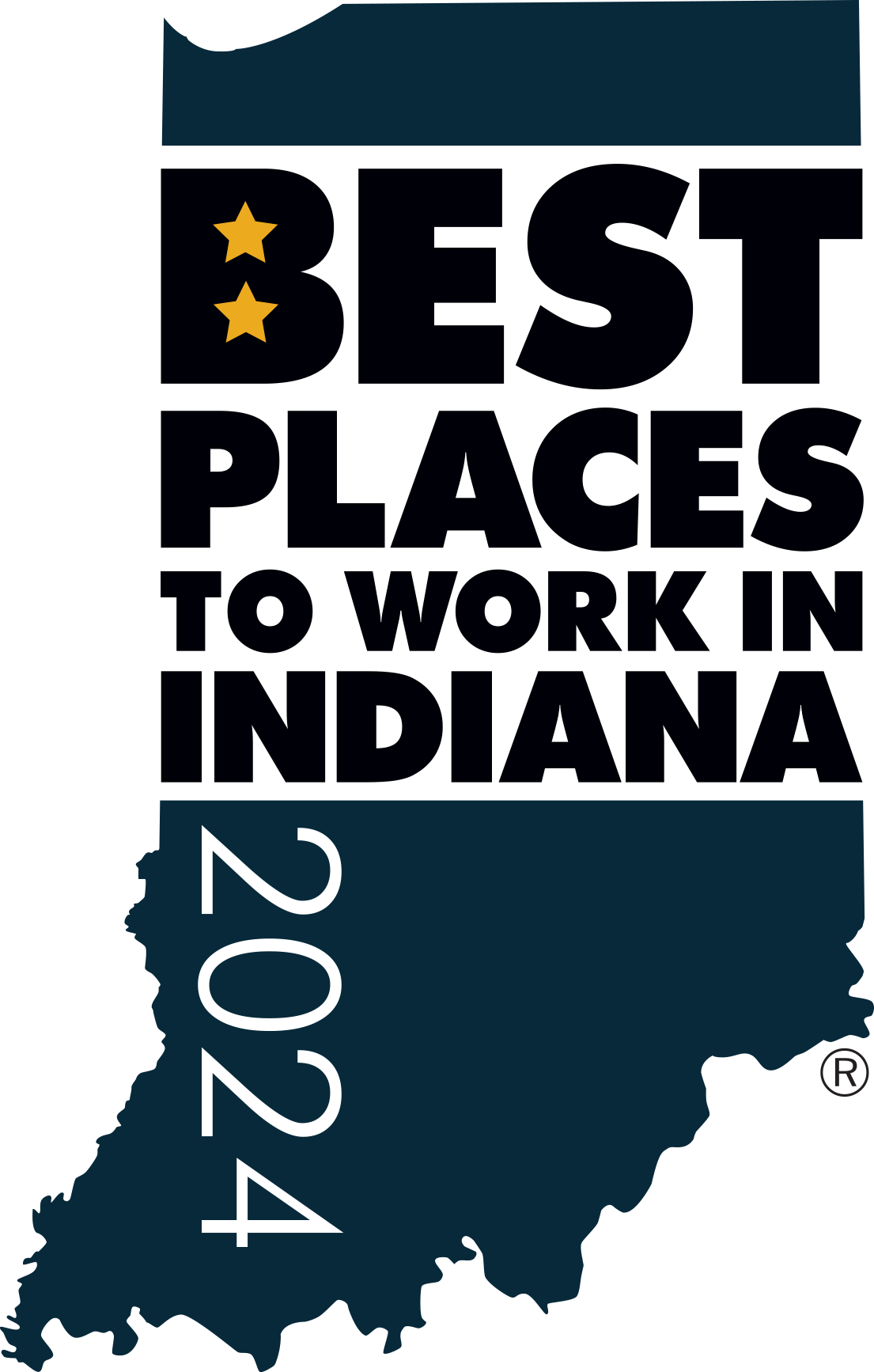Stop Being Transactional About Hiring
A paradigm shift is needed in the hiring process. It’s time to move from a transactional to a relational approach in hiring. The traditional view of hiring as merely filling a position or completing a task is outdated and overlooks the human element that is crucial to a thriving workplace.
Investing in People, Not Just Skills
Hiring should be about bringing individuals into your team who will contribute not just to the immediate needs but to the long-term vision and culture of the organization. This requires a deeper understanding of the candidate as a person, not just an employee.
Go Beyond the Resume
A resume tells you what a person has done, but not who they are. Engaging with potential hires on a more personal level allows you to gauge their fit within your team’s culture and values. It’s about finding people who align with the company’s ethos and can grow with it.
Transactional hiring often leads to short-term solutions — filling a gap rather than investing in a future asset. By focusing on the long-term potential of candidates, you’re investing in the future of your company. This approach leads to hiring individuals who are more likely to stay, grow, and contribute significantly over time.
Building a Team, Not Just Filling Positions
The relational approach to hiring emphasizes the importance of building a cohesive team. It’s not just about individual capabilities but how these individuals will interact, collaborate, and evolve together.
When you hire relationally, you’re not just adding a new member to your team; you’re enhancing the existing dynamics and paving the way for a more collaborative and innovative environment. This approach fosters a sense of belonging and loyalty, which in turn enhances productivity and creativity.
Conclusion
It’s time for leaders and hiring managers to adopt a relational approach to hiring. This shift from seeing hiring as a transaction to viewing it as a relationship-building process is vital for long-term success. By focusing on the people behind the resumes and their potential to grow with the company, organizations can build more robust, cohesive, and innovative teams.
Embrace this change, and witness how investing in high-quality people, not just their skills, leads to better results and a thriving workplace culture.

